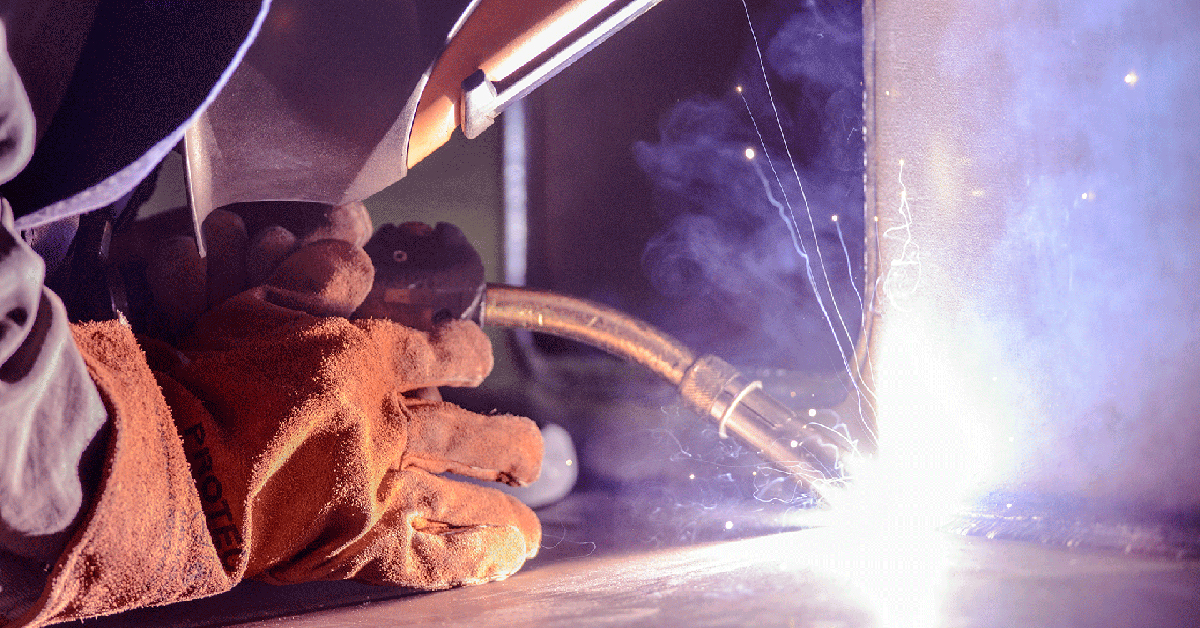Step-by-Step Guide to Preventing Weld Undercut in Different Metals
Step-by-Step Guide to Preventing Weld Undercut in Different Metals
Blog Article
A Comprehensive Guide to Identifying, Stopping, and Dealing With Undercut Welding Issues in Your Welding Tasks
In the realm of welding, encountering undercut concerns is a common obstacle that can compromise the structural stability and general high quality of your welding jobs. Recognizing the origin behind undercut welding, having the ability to properly identify it in your welds, and carrying out effective preventative steps are vital abilities for any welder. Furthermore, having the expertise and techniques to remedy undercut troubles when they do occur can make a considerable distinction in the last end result of your welding endeavors. Remain tuned as we check out the crucial components of determining, stopping, and dealing with undercut welding problems, giving you with important insights and methods to boost your welding abilities to the following degree.
Typical Sources Of Undercut Welding
Undercut welding, a typical issue in welding procedures, can be brought on by various elements that need to be carefully identified and resolved to make certain the stability of the weld joint. One of the key sources of undercut welding is excessive warmth input. When the welding criteria, such as voltage, present, or travel rate, are not appropriately set, a too much quantity of heat can be created. This excess warm leads to the melting and succeeding removal of the base product along the sides of the weld joint, creating a groove recognized as undercut.
An additional common cause of undercut welding is incorrect welding strategy. Identifying these root causes and carrying out rehabilitative actions is important in avoiding and remedying undercut welding issues in welding tasks.
Identifying Undercut in Welds
To recognize undercut accurately, proper illumination and zoom tools are important to evaluate the weld joint extensively. Using tools such as a welding gauge or a magnifying glass can help in discovering also the tiniest undercut blemishes. In addition, running a finger or a fingernail along the weld joint can often reveal undercut, as the surface area may feel irregular or have a dip where the undercut exists.
Preventive Steps for Undercut
Having a deep understanding of the causes of undercut in welds permits the application of reliable preventive measures to preserve weld top quality and honesty. One important safety net is appropriate weld joint prep work. Guaranteeing that the edges are tidy, devoid of pollutants, and appropriately beveled can substantially decrease the likelihood of undercut (Preventing weld undercut). Additionally, choosing the ideal welding specifications, such as voltage, current, and take a trip speed, is crucial. These settings need to be enhanced to protect against too much warm input, which can cause damage formation.

Techniques for Taking Care Of Undercut

To deal with undercut concerns properly, welders can employ particular methods aimed at correcting the flaw and recovering the integrity of the weld joint. One technique is to adjust the welding specifications, such as the voltage, existing, and take a trip rate, to ensure appropriate heat input and combination. Raising the welding current or reducing the travel rate can aid fill out the undercut. In addition, changing the welding technique from a push to a drag or vice versa can also help minimize undercut.
Another technique is to make use of a weaving activity while welding to make sure appropriate sidewall fusion and fill in the undercut. By oscillating the welding arc from side to side within the weld joint, the welder can transfer a lot more filler material into the undercut areas, properly eliminating the issue.
In addition, grinding out the undercut and rewelding the joint can be additional resources a sensible service for much more extreme undercut problems - Preventing weld undercut. This procedure includes getting rid of the undercut section, preparing the base steel, and after that rewelding the joint with proper welding specifications and techniques to avoid undercut from persisting

Specialist Tips for Staying Clear Of Undercut
Using correct welding techniques and preserving control over crucial welding criteria are essential methods for welders intending to protect against undercut in their weld joints. In addition, selecting the appropriate welding process and filler metal for the particular application can assist stop undercut. Keeping a regular traveling rate throughout the welding procedure is one more necessary pointer to protect against undercut.
Conclusion
Finally, identifying, avoiding, and repairing undercut welding issues in your welding projects is essential for guaranteeing durable and strong welds. Preventing weld undercut. By recognizing the usual reasons of undercut, being able to identify it in welds, executing preventive steps, and utilizing proper strategies for dealing with undercut, you can prevent potential issues and best site develop top notch welds. Complying with expert pointers for staying clear of undercut can assist you improve your welding abilities and create far better outcomes in your projects
Undercut welding, an usual problem in welding processes, can be Continued created by different factors that require to be meticulously determined and addressed to make certain the stability of the weld joint. Additionally, running a finger or a finger nail along the weld joint can in some cases reveal undercut, as the surface might feel irregular or have a dip where the undercut exists.
Utilizing correct welding techniques and keeping control over key welding criteria are essential approaches for welders aiming to protect against undercut in their weld joints.In conclusion, recognizing, avoiding, and taking care of undercut welding troubles in your welding projects is vital for ensuring strong and sturdy welds. By recognizing the usual causes of undercut, being able to determine it in welds, carrying out preventative measures, and using appropriate strategies for fixing undercut, you can avoid prospective problems and produce high-grade welds.
Report this page